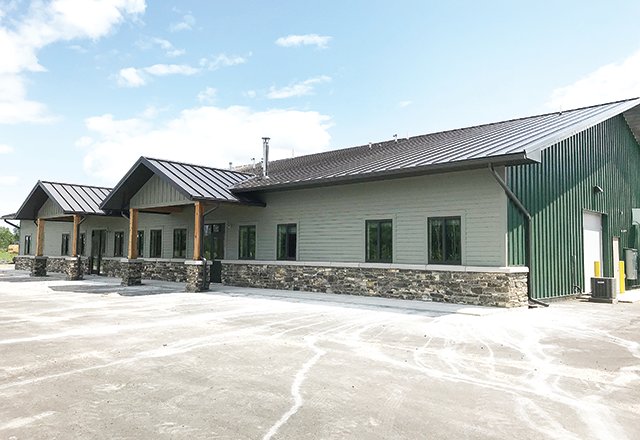Support the Timberjay by making a donation.
EPA now wants Lamppa furnaces to help fix testing woes
REGIONAL— The Environmental Protection Agency, which shut down sales of Lamppa Manufacturing’s clean-burning wood furnaces nearly a year ago, now wants to buy one and possibly two of the …
This item is available in full to subscribers.
Attention subscribers
To continue reading, you will need to either log in to your subscriber account, or purchase a new subscription.
If you are a current print subscriber, you can set up a free website account and connect your subscription to it by clicking here.
If you are a digital subscriber with an active, online-only subscription then you already have an account here. Just reset your password if you've not yet logged in to your account on this new site.
Otherwise, click here to view your options for subscribing.
Please log in to continue |
EPA now wants Lamppa furnaces to help fix testing woes
REGIONAL— The Environmental Protection Agency, which shut down sales of Lamppa Manufacturing’s clean-burning wood furnaces nearly a year ago, now wants to buy one and possibly two of the company’s Kuuma Vapor Fire 100 wood burners to help the federal agency repair its failed emissions testing program.
The company re-certified the Kuuma wood furnaces earlier this year after a lengthy testing process confirmed what earliest tests had already confirmed— that the furnaces are the cleanest wood-burning devices manufactured in the U.S., bar none. Lamppa’s Kuuma wood furnace was the first wood-burning device to meet the strict federal standard and it passed again when it came up for recertification last year.
The EPA has been under fire for more than two years over its testing program, which had allowed some wood furnace manufacturers to achieve certification in testing even though their real-world results were far from meeting the emissions standards set by the agency. The EPA’s inspector general has railed against the agency’s own testing program, calling it “dysfunctional.”
In addition, ten states, including Minnesota, are suing the agency over its failure to properly test some wood furnaces it certified as clean burning several years ago.
Several northern states, in an effort to reduce emissions from wood-burning devices, have spent their own taxpayer dollars to encourage homeowners to buy and install the certified devices, but that investment appears to have yielded little if any improvement in air quality.
The problem, in large part, is that the users of such wood-burning devices aren’t necessarily operating them according to the precise methods used in testing.
“What we need is a reliable forced air furnace that we can use as a baseline,” wrote Steffan Johnson, measurement technology group leader with the EPA, in a July 26 email to Lamppa Manufacturing. “[We need] something that we can run a few trials on and help us put together a test method that is both workable (allows the unit to operate as designed) and is repeatable (provides for a consistent emissions assessment of the appliance),” Johnson added in his email.
Lamppa Manufacturing plant manager Dale Horihan said Johnson told him that efforts to use certified furnaces from other manufacturers had run into problems because their emissions varied considerably and often didn’t meet the standards in real life conditions.
The Kuuma Vapor Fire model is unique in that it was designed with the end user in mind, said Horihan. Computer controls combined with its overall design help to achieve consistent emissions and heat output regardless of the type or moisture content of the wood, or the amount loaded into the furnace at any one time.
“They feel ours is the most stable furnace out there and the least impacted by operator inputs,” said Horihan.
The EPA isn’t planning to buy the wood furnaces themselves. According to Johnson, the agency has tapped out its budget for the year, so they are working with a multi-state consortium of regulators, known as Northeast States for Coordinated Air Use Management, or NESCAUM, which plans to purchase one furnace initially, and a second one later once they’ve determined the furnace operates as expected.
The EPA is relying on NESCAUM to conduct the test method development for the EPA.
Horihan said Lamppa Manufacturing is happy to work with the state regulator group to improve the testing methods for wood furnaces. Lamppa Manufacturing’s Daryl Lamppa has been harshly critical of the EPA’s test methods, even as his company’s own devices passed with flying colors.






